
Written by digiDirect
Water is a gorgeous subject to photograph, and using a drone can allow you to get beautiful angles that are not possible when shooting from the ground. However, water can also be difficult to shoot, and poses a particular threat to your drone if you have an issue when not over solid ground!. That's why we've put together this helpful guide. In this article, we'll give you several expert tips to help you capture that picture-perfect shot with your drone.
Learn your drone
Before you consider taking water shots, it's essential that you know your drone inside and out. There is no time to dig through a manual if you run into a tricky situation, and it needs to be instinctual when you something unexpected crops up. You need to know which buttons to push or levers to use to get your drone safely down. This takes time, practice and in-depth study. Make flying your drone as instinctive as driving a car or riding a bike.
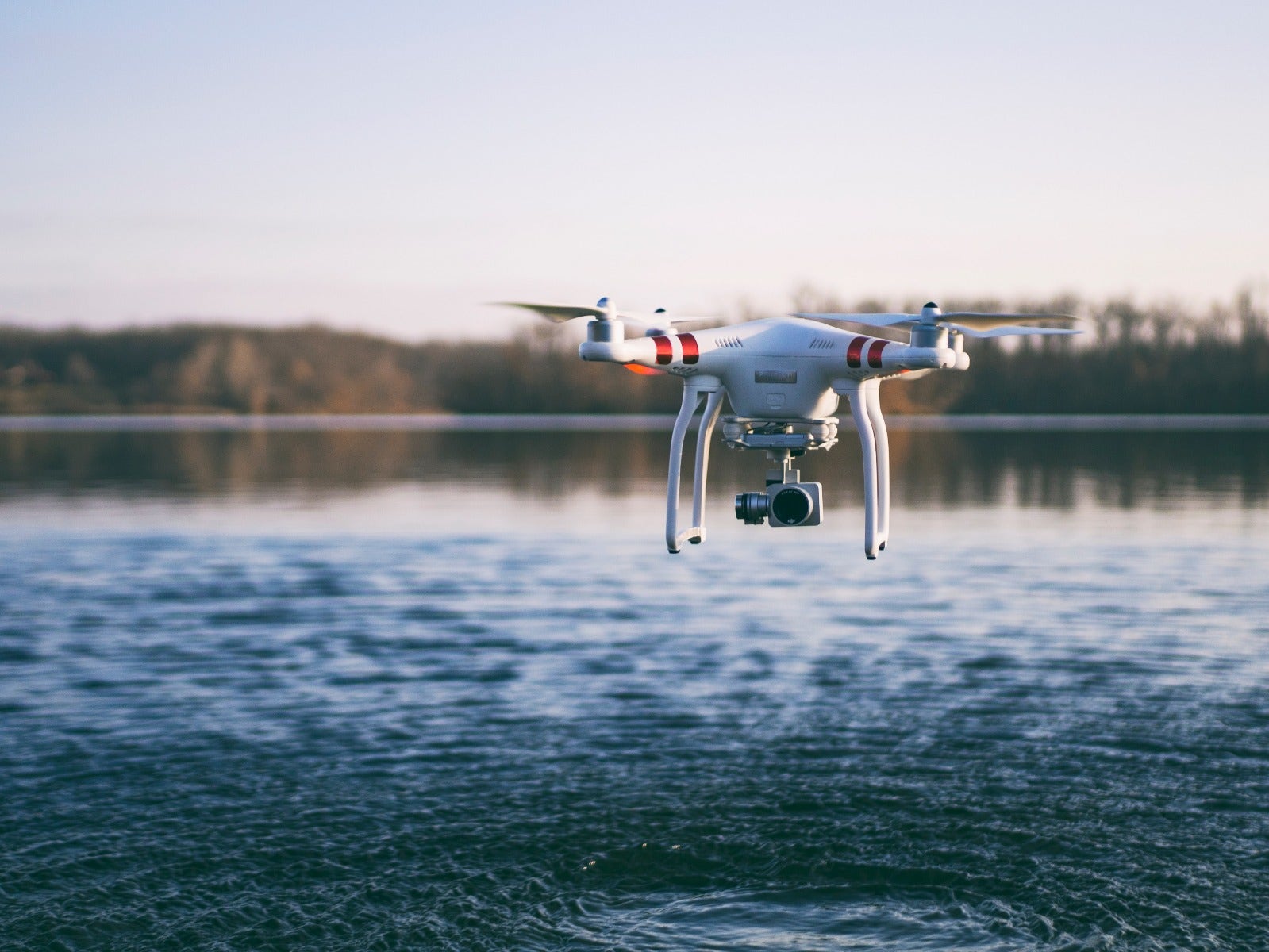
Be very careful when your drone gets close to the water!
Plan your flight
A lot of planning typically goes into water shots, whether you're going to a location or shooting locally. You should spend time researching the area where you want to shoot, and take any airspace laws into consideration. Figure out the best takeoff time and point, altitude you need, sun angle, subject and the distance from land. Ideally, you should be able to fly out, get the shot and fly back in quickly, and have an understanding of your drone's range and flight times to know when to come back over dry land.
Watch for reflections
Water will reflect any light, and it'll bounce it up at the exact same angle that it was projected. You'll have to work around these reflections to capture your shot. The key to working around these reflections is to learn where you shouldn't have your drone. For example, if the sun is directly to your right at a 45-degree angle, then it'll reflect the light back up to your left. If the sun is at a 90-degree angle to the water (i.e. high noon), your drone camera has to be lower to avoid the reflection.
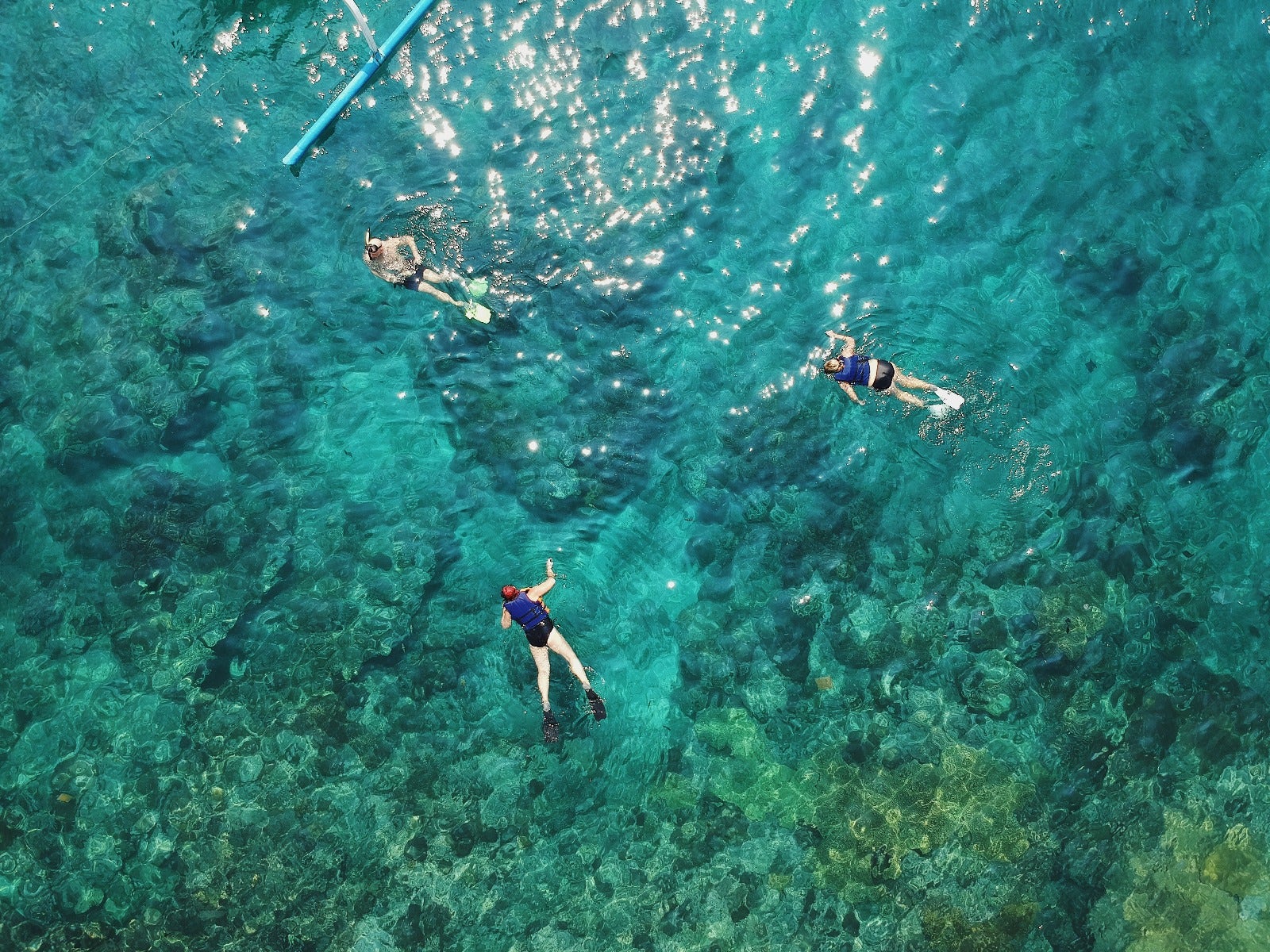
At the top of this image you can see the sun reflecting off the water. It's not a major issue in this case, but you'll need to keep bright reflections in mind when shooting water
Double check everything before the flight
Once you have everything planned, you're on location and ready to fly, give everything a quick double check. Make sure the batteries have a good charge, your memory card is in place with plenty of storage available and that you've established your GPS home position. Hover 10 feet off the ground for a few minutes to make sure everything is stable before sending the drone off to capture your subject.
Shoot calm water for the best reflections
Rough water will very quickly ruin any clear reflections you want to capture. It'll suck out the colours, destroy the clarity and be less appealing. Water looks and acts like a mirror, and a smooth surface looks like glass. Imagine taking shots of a still mountain or tree over still water. This gives you a lot of opportunities to use your drone at low angles until the wind starts to pick up. A low shot over the water that reflects the distant coastline is a popular style of image, but make sure not to dunk your drone!
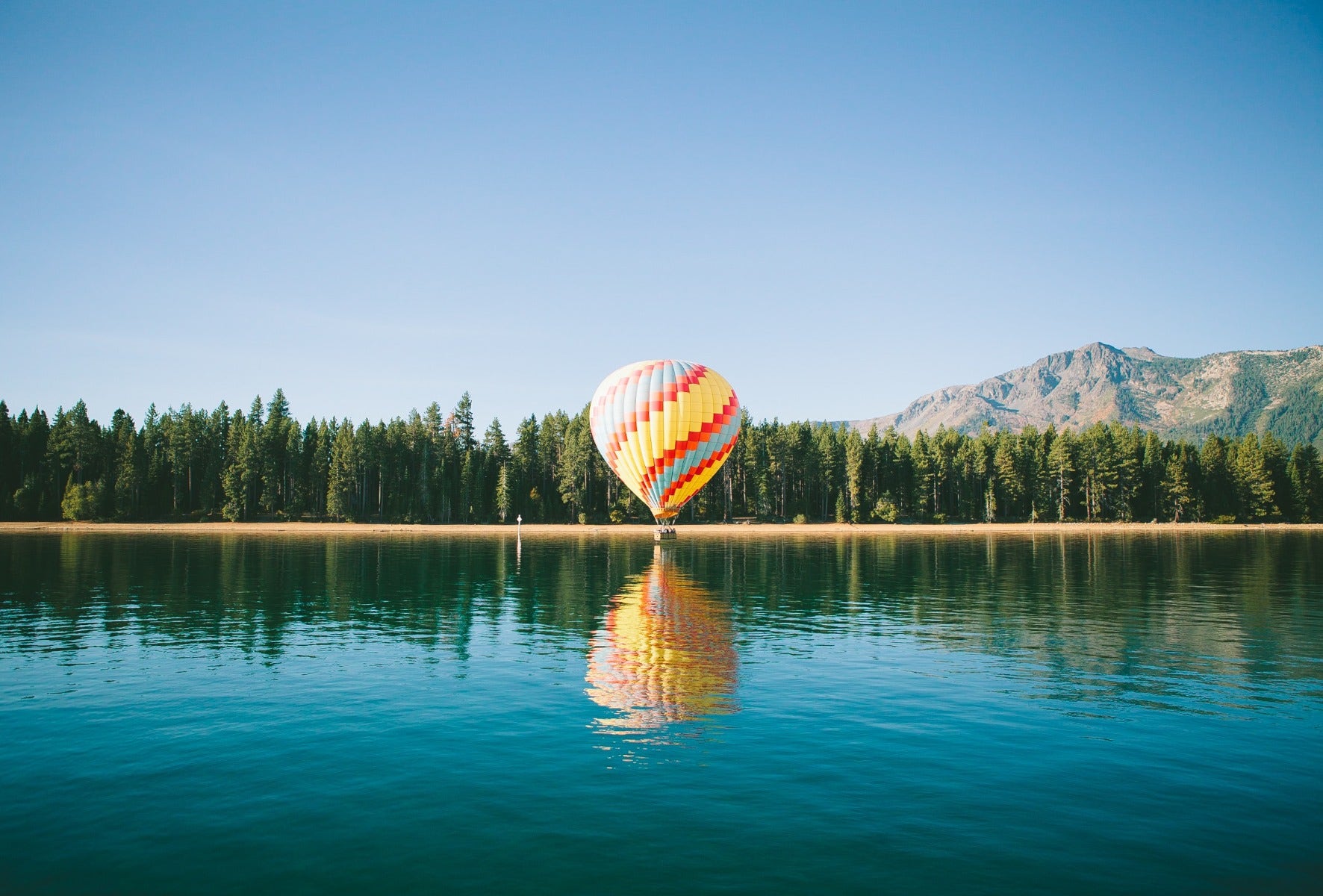
The natural instinct with a drone is to go high, but a low angle can provide beautiful reflections
Use your shutter speed to control water movement
For capturing water in motion, consider lowering your shutter speed a little. This will add a slight blur to the water, and it'll give the illusion that the water is moving through the shot. If you're after a common waterfall shot, set your shutter speed between 1/10th or one second. Your drone can be steady enough to act like a tripod, so it's easier to capture those iconic shots. If you wanted to freeze the water to capture a surfer about to take on a monster wave, you'd use a shutter speed of 1/250 or quicker.
Expose your shot for the subject
Taking shots of boats from a drone is popular - although make sure you're not breaking any drone flight laws. It's common to see photos of well-exposed water and an overexposed boat. Since water is generally darker in colour than the boat and probably taking up more of the frame, your camera will tend to autoexpose for the water. Normally this is fine, but if you have a (typically bright white) boat in the image, you may find that it becomes overexposed. Conversely, if you focus your shot on the boat, you have to set your drone's camera to exposure for the boat while ignoring the water. You can do this by using an exposure compensation wheel or shoot the picture in manual mode and underexpose the entire thing on purpose.
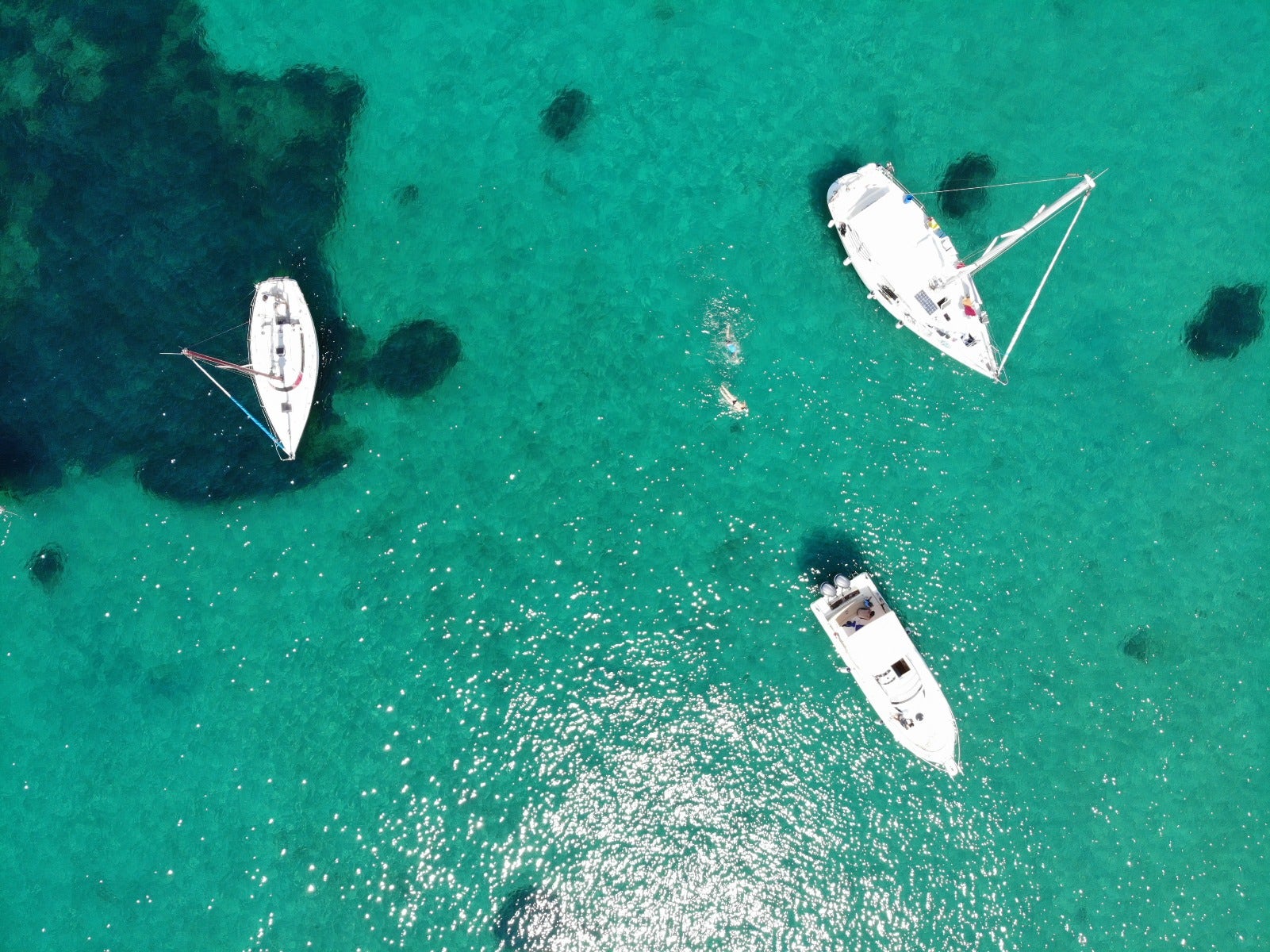
You can see here that the white boats are somewhat overexposed. Shooting at a lower exposure and editing in post production can be a way to avoid this. This image is also affected by the harsh midday sun reflecting off the water (bottom of image)
This is only a short guide for shooting water specifically, but if you want to expand your drone knowledge, check out our Getting Started with Drone Photography article.
Contact digiDIRECT today
Getting that perfect shot of the water can be an exhilarating experience, but it takes a little planning and the correct equipment. If you need a camera, drone or even general pointers and advice, contact us. Our team is ready and willing to answer any questions, address any concerns and help you find the best equipment for your needs!













































































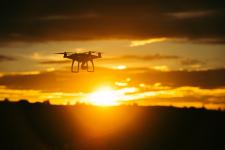

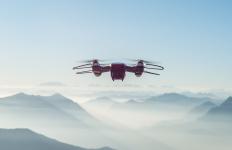
Comments
No Comments yet. Be the first to comment.